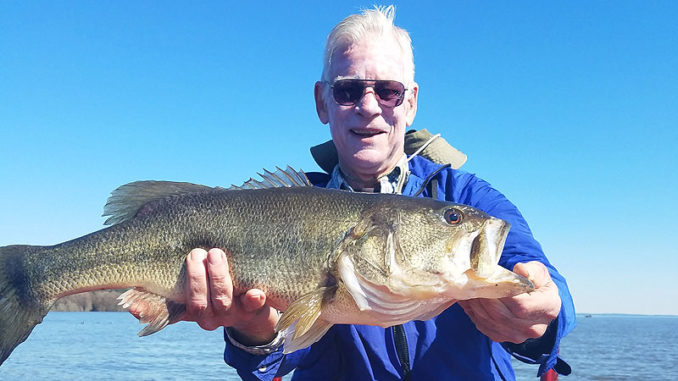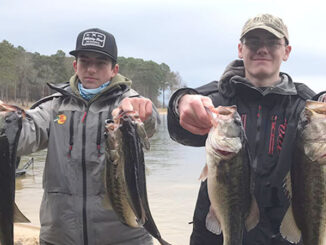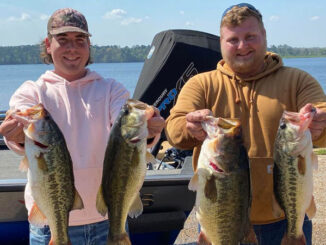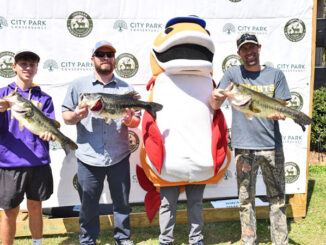
Lots of shallow bass, headed to the spawn, should make March bass fishing great
When Ol’ Man Winter is done huffing and puffing, blowing freezing temperatures and directing heavy rainfall at Toledo Bend, bass will settle down and do their thing like they always do in March.
I can’t wait for March to get here. Ditto for so many other anglers who know when the female bass sit down on their beds — or move to and from them — bass fishing success on this lake is hard to beat anywhere. After a rainy, cold winter that kept the lake level high through late January, we need stable conditions and those bass will be ready to go.
Carolina-rigged soft plastics and wacky worms are the most consistent ways to put bedding bass in the boat. Moving baits such as lipless crankbaits, Chatterbait-style bladed jigs, spinnerbaits, crankbaits and jerkbaits still have their moments, but they usually take a back seat to the soft plastics, as proved every spring.
But let me put it this way: you don’t want to put your search baits down.
Toledo Bend anglers will find high-water conditions, I’m sure, this month. Bass were shallow in late January, and the movement will get more pronounced in late February and March. I guarantee you, they’re going to be in doing their thing.
Plenty of water is in the bushes, and anglers who target the flooded buckbrush are salivating for the spawn. For the most part, the spawn happens in cycles, starting on the upper end, then mid-lake and eventually, the extreme lower end, where I’ve seen bass on beds into May.
In March, as the water warms, areas on and around main-lake points become just as productive as areas in the back of creeks, coves and shotgun pockets.
I’m going to rely heavily on Carolina rigs with Fluke-style baits, mostly Stanley U99s, plastic lizards and creature baits in 5- to 7-foot depths and wacky worms, deadsticking the latter, during the height of the spawn. Top colors year-in and year-out are watermelon/red and green pumpkin/red.
How do I rig a Carolina rig? From the bottom up, I skin-hook whatever soft plastic I use with a 3/0 Gamakatsu EWG and tie it to a 3-foot leader of either 15- or 17-pound fluorocarbon tied to 40-pound Power Pro braid, or I use braid from the hook all the way to the reel, depending on water clarity. The clearer the water, the more I choose to go with the fluorocarbon line.
I use a ¾- or 1-ounce weight.
When the bass are on their beds and you’re sight-fishing, offer a tube jig in addition to the wacky worm, which, truth be told, originated on this lake decades ago when someone put a hook through the middle of Nick Crème’s Scoundrel. Or target prime spots – wood or beds — with a Neko Rig, which drops straight down with little sideways movement. Here’s a tip: put a 1/32- or 1/64-ounce weight in the fat end of the soft plastic you use for the Neko Rig.


